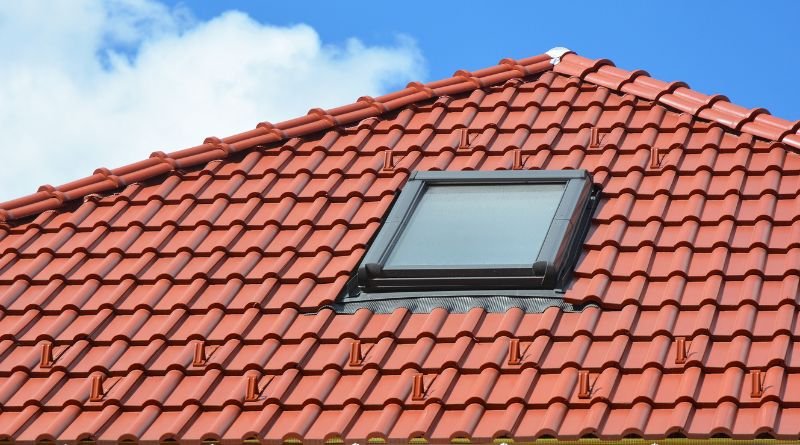New Haven vinyl siding is a popular choice for homeowners due to its resilience, affordability, and relatively low upkeep requirements. However, to keep your vinyl siding in optimal condition and enhance its appearance for years to come, specific maintenance steps are essential. In this guide, we’ll walk through the key practices needed to care for your vinyl siding, particularly addressing the New Haven climate. These tips will ensure your home stays protected and looks fantastic.
Understanding New Haven’s Climate Challenges
The diverse climate brings hot summers, chilly winters, and occasional heavy rainfall. These weather fluctuations can impact your home’s exterior, including vinyl siding, and proper maintenance can help reduce the wear and tear caused by these elements, ultimately protecting your investment.
Regular Cleaning
Why It’s Necessary: Over time, vinyl siding can gather dirt, pollen, and other debris from the environment. Mold and mildew are common in high-humidity areas, which can stain the siding and degrade its quality if left unattended.
How to Clean:
- Gentle Washing: Use a soft cloth or long-handled brush with soft bristles to clean the siding. Start from the bottom and work upward to avoid streaking, and rinse with water from a garden hose afterward.
- Cleaning Solution: A simple mix of 70% water and 30% white vinegar is effective for removing light mold and mildew. For more persistent stains, mix mild laundry detergent with water, or consider a vinyl siding cleaner.
- Power Washing: Although power washing can be efficient, it must be approached cautiously to avoid damaging the siding. Always use low pressure and spray at a downward angle to prevent water from being forced behind the siding panels.
Inspecting for Damage
Routine Checks: Regularly inspect your siding for signs of wear, including cracks, holes, or warping. Temperature changes can cause expansion and contraction, which may lead to these issues over time.
Addressing Issues: Minor cracks or holes can often be fixed using caulk meant for exterior use. For larger damage, you may need to replace affected panels. Consulting a professional for repairs ensures that any replacements are done correctly, preventing future issues.
Managing Mold and Mildew
Prevention and Treatment: Mold and mildew can be common, especially in shaded areas that retain moisture. To reduce growth, make sure your home has proper drainage and that gutters aren’t directing water onto the siding. If you notice mold or mildew, it can usually be removed with the cleaning solutions mentioned above. For persistent growth, consider specialized removers that are safe for vinyl siding.
Checking Seals and Caulking
The caulking around windows, doors, and other openings tends to wear over time. It’s essential to check these areas regularly and reapply caulk as needed to prevent water from seeping behind the siding. Moisture trapped in these areas can cause significant issues, potentially leading to structural damage over time.
Trimming Vegetation
Maintaining a clean exterior environment is another vital aspect of vinyl siding care. Trees and bushes near your home should be trimmed back to prevent them from scraping against the siding. This reduces wear and helps prevent moisture from being trapped, which can encourage mold and mildew growth.
Conclusion
Maintaining your vinyl siding doesn’t have to be a challenging task. With regular cleaning, routine inspections, and prompt repairs for minor issues, your siding can keep protecting and beautifying your home for years. While vinyl siding is designed to be low maintenance, a little care goes a long way in extending its lifespan and preserving curb appeal. Investing time into maintaining your home’s exterior will ensure that it remains attractive and functional, making your home’s exterior a point of pride.
